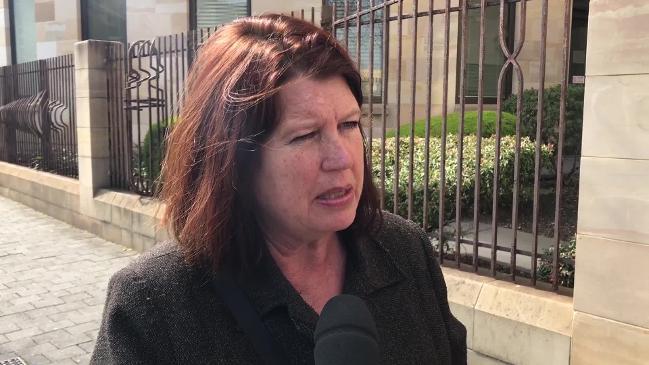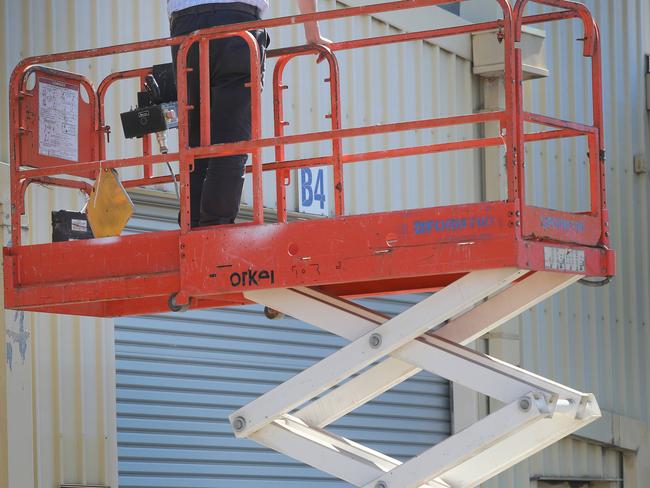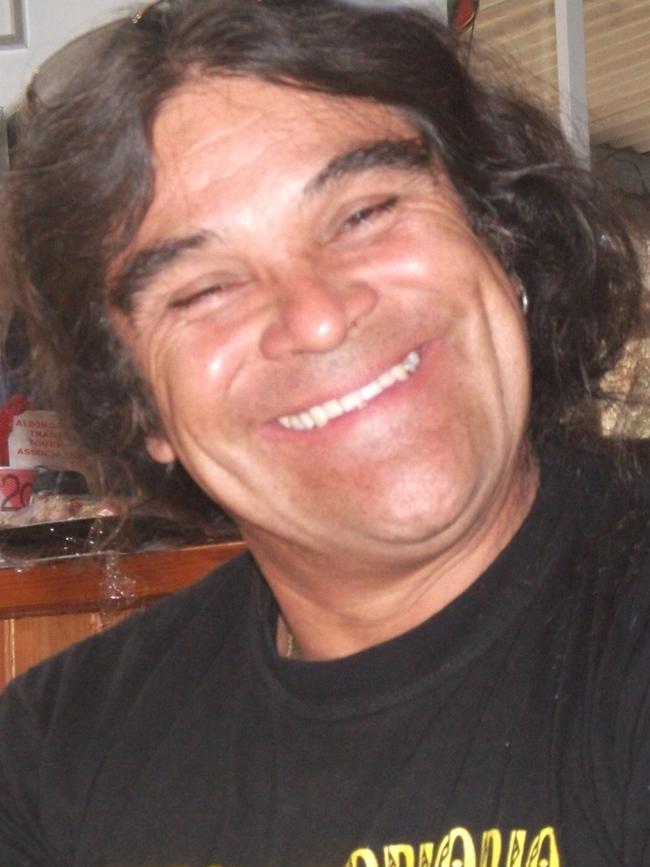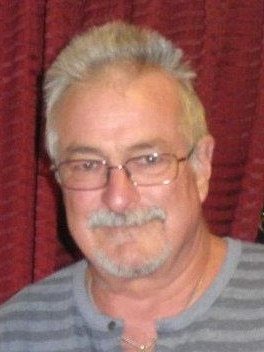SafeWork SA inspectors start six-month compliance audit of businesses using scissor lifts
The state’s safety watchdog has launched a crackdown on scissor-lift use after multiple serious incidents, including the deaths of two workers on the Royal Adelaide Hospital site.

SA News
Don't miss out on the headlines from SA News. Followed categories will be added to My News.
READ BELOW: Workers at risk from dangerous machinery
The state’s safety watchdog has launched a crackdown on scissor-lift use after multiple serious incidents, including the deaths of two workers on the Royal Adelaide Hospital site.
SafeWork SA inspectors have this week started a six-month compliance audit of businesses using scissor lifts.
The crackdown comes after scissor lifts were recently linked to two fatalities, several critical incidents and numerous near-misses in South Australia.
The deaths of Jorge Castillo-Riffo and Steve Wyatt came during construction of the $2.3 billion Royal Adelaide Hospital, after which SafeWork SA was heavily criticised over its investigative failings.

Over the coming months, health and safety inspectors will make unannounced visits to workplaces that use scissor lifts higher than 3m.
SafeWork SA says it will not only focus on the machinery but also safety systems, training, maintenance, record-keeping and operator behaviour.
The industries in the crosshairs include mining, retail, manufacturing, transport and logistics, viticulture, construction and hire companies.
SafeWork SA executive director Martyn Campbell said it aimed to educate businesses and operators about their safety duties.
Mr Campbell said any breaches of work and safety laws would be treated on severity and risk, and inspectors would hand out a range of penalties to those breaking the law.
“Serious or blatant breaches, we will prosecute,” he said.
Mr Campbell said scissor-lift use was dangerous and that users faced significant risks, such as falling from heights, electrocution and entrapment.


He said lower-risk issues were dealt with through notices that either put a business on legal notice or prevented operation. Hire companies would also be targeted.
“Hire companies are being asked what safety information, training or checks they provide when someone hires these machines,” he said. “My fear is they simply hand over the machine without checking the hirer is trained to use it.”
SafeWork SA has also published a list of safety measures such as pre-start checks, use of spotters and setting up exclusion zones.
“Our inspectors will be visiting workplaces … ensuring (scissor lifts) are properly maintained and tested,” Mr Campbell said.
“(They will check) that the workplace has appropriate systems in place to reduce the risk of injury to workers.”
Mr Castillo-Riffo, 54, died after he was crushed between a scissor lift and a concrete slab on the RAH site in November 2014. In handing down his findings, Coroner Mark Johns, pictured, said he was “not impressed by the SafeWork SA investigation”.
Mr Wyatt, 63, was crushed to death between a scissor lift and the head of a low doorway while supervising the RAH fit-out in February 2016.
WORKERS AT RISK FROM DANGEROUS MACHINERY
By Andrew Hough
Dozens of South Australian forklift operators are using dangerous machinery that is putting workers at risk, a State Government audit has found.
SafeWork SA visited 312 worksites across the state while also conducting 172 random licence checks on forklift users.
The state’s health and safety watchdog found an “alarming” number of worksites that failed to conduct vital safety checks or perform regular machinery maintenance.
A majority of those users checked had forklift licences for high-risk conditions.

During the audit, conducted over several weeks in the middle of last year, inspectors banned several machines and other attachments from being publicly used and also found 119 failures.
These included 21 users operating without a licence or working with an expired permit.
A further 84 worksites failed to conduct appropriate inspections or servicing of forklifts “to ensure the forklift is well maintained and is safe to use”.
Fourteen businesses were identified as having poor traffic management controls to protect workers from forklifts.
Compliance notices were issued to companies breaking the law. It informed them of the breach, what needed to be done to fix it and in what time frame.
The audits are part of a wide-ranging crackdown on negligent workplaces.
SafeWork SA executive director Martyn Campbell said forklifts could cause serious injury, even at low speed.
Mr Campbell said he was pleased to see most workplaces had forklift operators correctly licensed.
“However, it’s alarming that more than half of the businesses audited did not conduct crucial routine pre-start checks or perform regular maintenance on their forklifts,” he said.
“I remind all businesses that forklifts are a dangerous item of plant and should be treated as such.”



